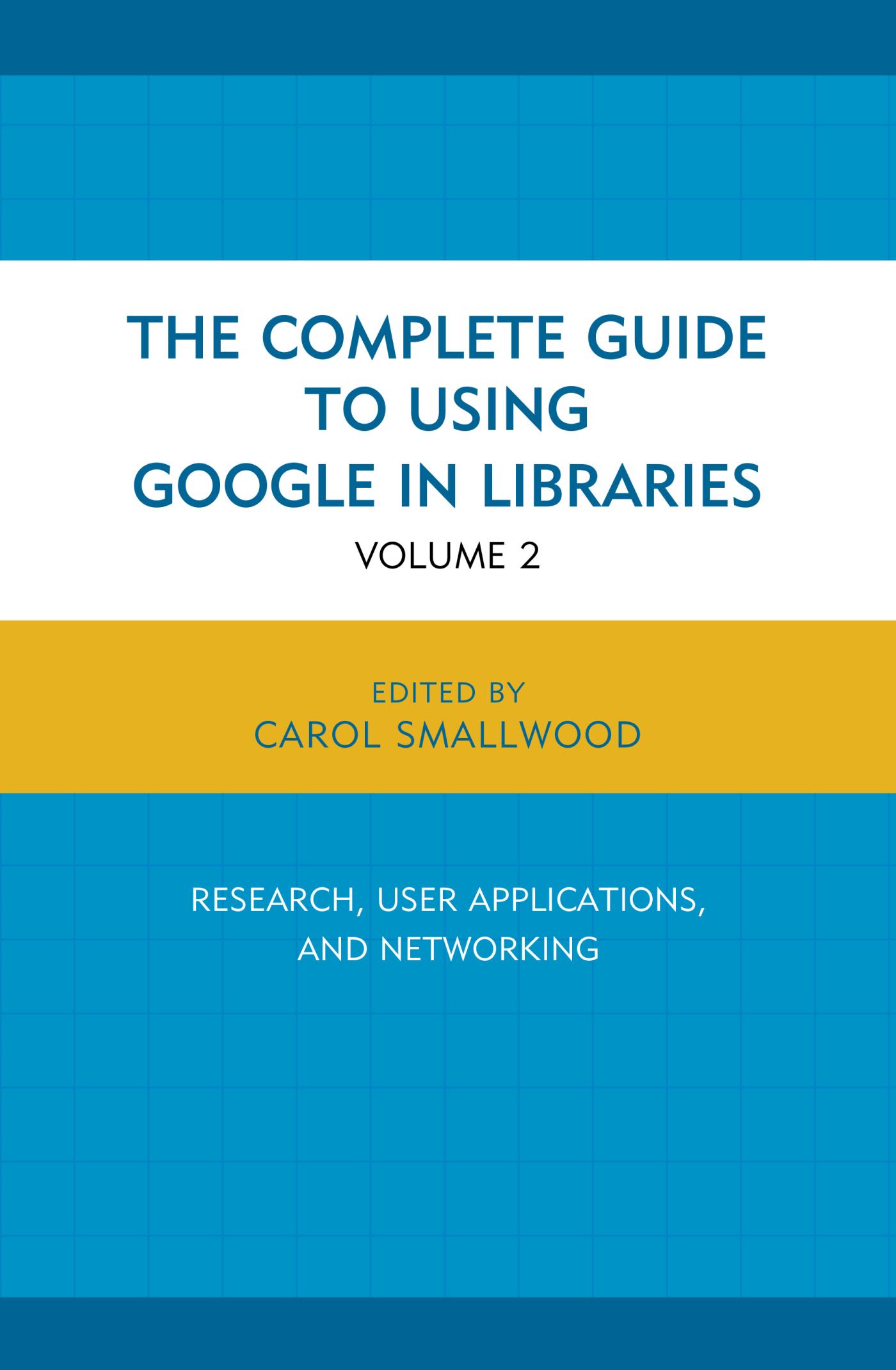The Complete Guide to Using
Google in Libraries
The Complete Guide to Using
Google in Libraries
Research, User Applications, and
Networking
Volume 2
Edited by
Carol Smallwood
ROWMAN & LITTLEFIELD
Lanham Boulder New York London
Published by Rowman & Littlefield
A wholly owned subsidiary of The Rowman & Littlefield Publishing Group, Inc.
4501 Forbes Boulevard, Suite 200, Lanham, Maryland 20706
www.rowman.com
Unit A, Whitacre Mews, 26-34 Stannary Street, London SE11 4AB
Copyright 2015 by Rowman & Littlefield Publishers, Inc.
All rights reserved. No part of this book may be reproduced in any form or by any electronic or mechanical means, including information storage and retrieval systems, without written permission from the publisher, except by a reviewer who may quote passages in a review.
British Library Cataloguing in Publication Information Available
Library of Congress Cataloging-in-Publication Data
The complete guide to using Google in libraries / edited by Carol Smallwood.
volumes cm
Includes bibliographical references and index.
Contents: volume 1. Instruction, administration, and staff productivity volume 2. Research, user applications, and networking.
ISBN 978-1-4422-4689-8 (v. 1 : hardcover) ISBN 978-1-4422-4690-4 (v. 1 : paperback) ISBN 978-1-4422-4691-1 (v. 1 : ebook) ISBN 978-1-4422-4786-4 (v. 2 : hardcover) ISBN 978-1-4422-4787-1 (v. 2 : paperback) ISBN 978-1-4422-4788-8 (v. 2 : ebook) 1. Web applications in libraries. 2. Google. I. Smallwood, Carol, 1939 editor.
Z674.75.W67G67 2015
025.042dc23
2014040494
 TM The paper used in this publication meets the minimum requirements of American National Standard for Information Sciences Permanence of Paper for Printed Library Materials, ANSI/NISO Z39.48-1992.
TM The paper used in this publication meets the minimum requirements of American National Standard for Information Sciences Permanence of Paper for Printed Library Materials, ANSI/NISO Z39.48-1992.
Printed in the United States of America
Foreword
Michael Lesk
I first saw what would become Google in 1996 while visiting Stanford, where the inventors were then graduate students. That PageRank predecessor was called Backrub, and it was only recently being tried on web searches. Until the invention of the PageRank algorithm, the web was often overwhelmingtoo much information, of indifferent or even appalling quality. Once Sergey Brin and Larry Page developed a way of selecting good web pages, and made it available through their new company, Google, search became useful. Combined with the web, modern search systems are now the dominant way that students find materials for class assignments.
Google has now developed services far beyond text search. Google software will translate languages and support collaborative writing. The chapters in this book look at many Google services, from music to finance, and describe how they can be used by students and other library users. Although this book concentrates on Google offerings, other companies have expanded into online search as well. There are direct competitors such as Microsoft, with its Bing search engine, and with Microsoft Academic Search as an alternative to Google Scholar. In addition, companies in the social networking realm, such as Facebook and Twitter, offer other ways of connecting with people and information. However, the focus of this book is on Google and its products, as they enable new activities by the users of libraries.
Many new kinds of information are now available to patrons. Scholarly papers were mentioned above, and many libraries also subscribe to publisher search engines such as ScienceDirect or SpringerLink. In medicine the PubMed Central service of the National Library of Medicine offers research papers, and most recent ones are available free in full text. Patents are easily searched with either Google or other patent search systems. While journal articles and patents are of interest to serious researchers, Google also supports searching for shopping and health information, and is a leading source of maps and driving directions.
Additional dramatic changes from traditional text are image search and video search. Photograph storage and sharing sites such as Flickr and Googles Picasa provide billions of images, and in addition the search engines index the images they find on web pages. YouTube, another Google offering, has a dominant position in online amateur video, including my own three minutes on how to groom our cat. As with scholarly publishing there is also a large commercial market, such as Netflix and Hulu, which as of this year dont usually offer attractive terms to libraries.
Going beyond information resources, there are now successful collaboration services available from Google and others. You can make conference calls with video and shared screens using Google Hangouts, Skype, Citrix GoToMeeting or Adobe Connect. We have always thought of library research as a solo activity, and in As We May Think, the original 1945 article that forecast information retrieval and hypertext, Vannevar Bush talked about the new experience of scientists working in teams. Although large-team research is now common, and the papers announcing the Higgs boson had some 3,000 authors each, traditional humanities scholarship remained individual. Writing documents with small numbers of colleagues often involved delays while each author in sequence took over the writing and made edits. Today Google Docs enables multiple people to edit the same document at once. An ingenious use of color lets each participant watch in real time as the other participants edit, and keeps track of who is doing what. If the goal is to create a website rather than to write a report, Google Sites is now one of the most popular platforms. Google is also involved in social networking, with services such as Google+ and Orkut (the latter now discontinued in the United States).
Other tools view social developments over time and space. The Google Trends service, for example, will show you when and where people are searching for topics. Not surprisingly, searches for swimwear peak in June and searches for snowmobile peak in January. Searches for kangaroo are most popular in Australia and searches for biryani are most popular in India. The Google Ngram addition to book search tells you the numerical history of word usage over time. For example, the word gout was most common in eighteenth-century books, catarrh in the late nineteenth century, and tuberculosis in the early twentieth century. You can see how fleeting fame can be from an Ngram plot for Anthony Hope (the author of The Prisoner of Zenda).
A disappointment was Google Flu Trends. In 2009 a paper from Google suggested that watching search terms could detect influenza outbreaks before the official statistics. Later observations have not confirmed this and suggest that it may have been a fluke; if you measure twenty different correlations, one of them will be significant at the 0.05 level. Marketing researchers, however, still exploit search data in many contexts, and political campaigns are accused of trying to manipulate Google results so that searches for their opponents will retrieve derogatory information.
This book covers a wide variety of Google services of interest to library patrons. Most people think they are much better at searching than they really are (read about the Dunning-Kruger effect), and almost anyone is likely to learn something useful about Google technologies from these chapters. Whether your problem is managing information, managing people, managing your finances, or just finding entertainment, there is almost certainly some chapter in this book that will suggest how you could be more effective at it.
Next page
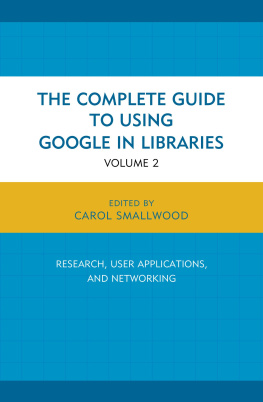


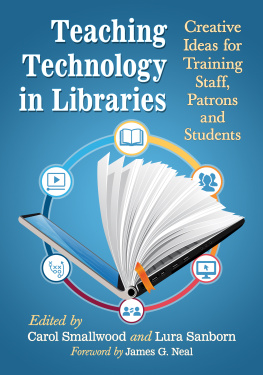
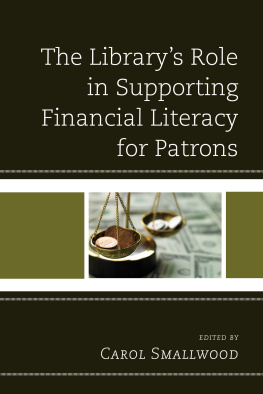
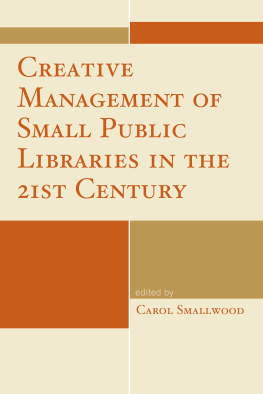
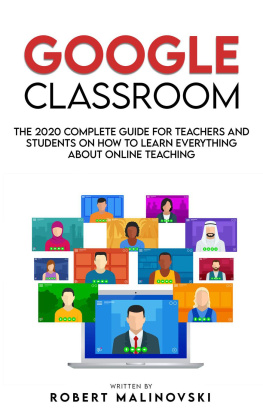

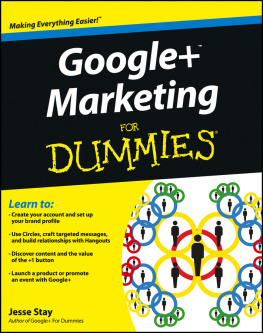
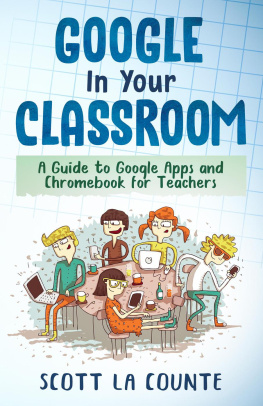
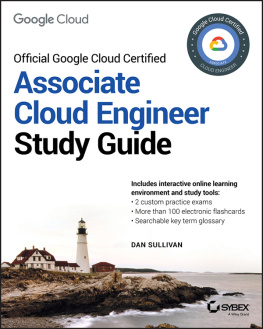
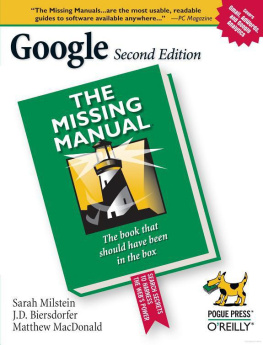
 TM The paper used in this publication meets the minimum requirements of American National Standard for Information Sciences Permanence of Paper for Printed Library Materials, ANSI/NISO Z39.48-1992.
TM The paper used in this publication meets the minimum requirements of American National Standard for Information Sciences Permanence of Paper for Printed Library Materials, ANSI/NISO Z39.48-1992.